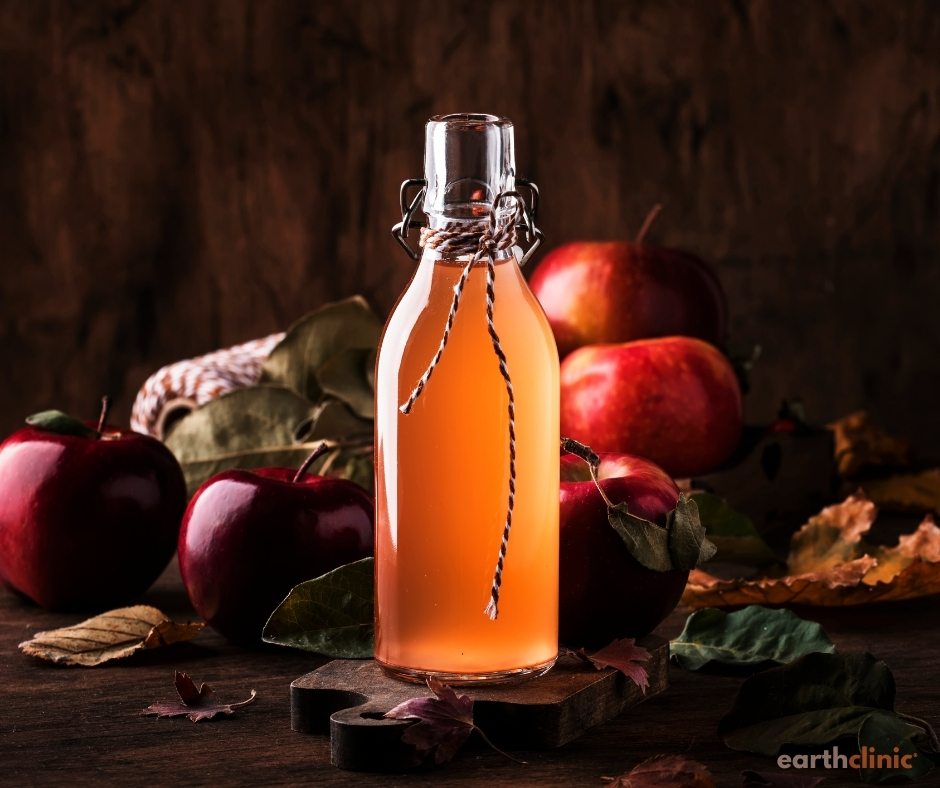
Milia are small, raised, white or yellowish bumps that can appear on the skin, commonly found around the eyes, nose, and cheeks. They are benign and usually do not cause any pain or discomfort. Milia occur when keratin, a protein found in the skin, becomes trapped beneath the surface of the skin, forming cysts. Although milia are not harmful, many people seek natural remedies and supplements to help reduce their appearance. This article will discuss some of the most researched natural remedies and supplements for milia, supported by scientific studies where possible.
Understanding Milia: Key Points
- Milia are small, benign skin cysts formed from trapped keratin.
- They are common in infants but can also affect adults.
- Milia can be classified as primary, secondary, or multiple eruptive.
- Although not harmful, many people seek treatments for cosmetic reasons.
Natural Remedies for Milia
Apple Cider Vinegar
Apple cider vinegar (ACV) contains acetic acid, which has been reported to have antibacterial and keratolytic effects. 1 Applying diluted ACV to the skin may help to exfoliate the skin and reduce the appearance of milia.
Tea Tree Oil
Tea tree oil is known for its antimicrobial and anti-inflammatory properties. One study found that tea tree oil can inhibit the growth of bacteria and reduce inflammation, making it a potential natural remedy for milia. 2
Castor Oil
Castor oil, derived from the seeds of the Ricinus communis plant, is rich in ricinoleic acid, which possesses anti-inflammatory and antibacterial properties. Applying a thin layer of castor oil to the affected area may help reduce milia. 3
Honey
Honey has natural antibacterial and anti-inflammatory properties, making it an ideal natural remedy for milia. Applying raw honey to the affected area and leaving it on for 15-20 minutes before rinsing off may help improve the skin's appearance. 4
Aloe Vera
Aloe vera gel is well-known for its soothing and anti-inflammatory effects on the skin. Applying aloe vera gel to the affected area can help reduce irritation and redness associated with milia. 5
Exfoliation
Regular exfoliation can help to remove dead skin cells and prevent the buildup of keratin. Using a gentle exfoliating scrub or a natural exfoliant like sugar or oatmeal can help improve the skin's texture and reduce the appearance of milia. 6
Sun Protection
Ultraviolet (UV) radiation from the sun can damage the skin and potentially worsen milia. Wearing sunscreen with an SPF of at least 30 and seeking shade when the sun is strongest can help protect the skin and reduce the risk of milia formation. 7
Conclusion:
While milia are not harmful and often resolve independently, many people seek natural remedies and supplements to improve their skin's appearance. Apple cider vinegar, tea tree oil, castor oil, honey, aloe vera, exfoliation, and sun protection are among the most researched remedies for milia.
Continue reading to learn which remedies worked well for Earth Clinic readers in treating milia!
Citations
- Yagnik, D., Serafin, V., & Shah, A. J. (2018). Antimicrobial activity of apple cider vinegar against Escherichia coli, Staphylococcus aureus and Candida albicans; downregulating cytokine and microbial protein expression. Scientific reports, 8(1), 1-12.
- Carson CF, Hammer KA, Riley TV. Melaleuca alternifolia (Tea Tree) oil: a review of antimicrobial and other medicinal properties. Clin Microbiol Rev. 2006 Jan;19(1):50-62.
- Carson, C. F Vieira, C., Evangelista, S., Cirillo, R., Lippi, A., Maggi, C. A., & Manzini, S. (2000). Effect of ricinoleic acid in acute and subchronic experimental models of inflammation. Mediators of inflammation, 9(5), 223-228.
- Mandal, M. D., & Mandal, S. (2011). Honey: its medicinal property and antibacterial activity. Asian Pacific Journal of Tropical Biomedicine, 1(2), 154-160.
- Surjushe, A., Vasani, R., & Saple, D. G. (2008). Aloe vera: a short review. Indian Journal of Dermatology, 53(4), 163-166.
- Schlesinger, T., & Rowland Powell, C. (2018). Efficacy and safety of a facial serum for fine lines, wrinkles, and photodamaged skin. Journal of Cosmetic Dermatology, 17(4), 539-548.
- Green, A. C., Williams, G. M., Logan, V., & Strutton, G. M. (2011). Reduced melanoma after regular sunscreen use: randomized trial follow-up. Journal of Clinical Oncology, 29(3), 257-263.



